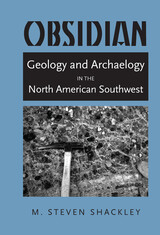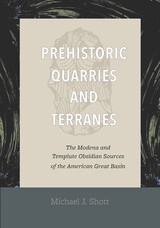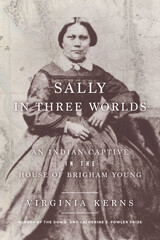Obsidian was long valued by ancient peoples as a raw material for producing stone tools, and archaeologists have increasingly come to view obsidian studies as a crucial aid in understanding the past. Steven Shackley now shows how the geochemical and contextual analyses of archaeological obsidian can be applied to the interpretation of social and economic organization in the ancient Southwest. This book, the capstone of decades of investigation, integrates a wealth of obsidian research in one volume. It covers advances in analytical chemistry and field petrology that have enhanced our understanding of obsidian source heterogeneity, presents the most recent data on and interpretations of archaeological obsidian sources in the Southwest, and explores the ethnohistorical and contemporary background for obsidian use in indigenous societies. Shackley provides a thorough examination of the geological origin of obsidian in the region and the methods used to collect raw material and determine its chemical composition, and descriptions of obsidian sources throughout the Southwest. He then describes the occurrence of obsidian artifacts and shows how their geochemical fingerprints allow archaeologists to make conclusions regarding the procurement of obsidian. The book presents three groundbreaking applications of obsidian source studies. It first discusses an application to early Preceramic groups, showing how obsidian sources can reflect the range they inhabited over time as well as their social relationships during the Archaic period. It then offers an examination of the Late Classic Salado in Arizona’s Tonto Basin, where obsidian data, along with ceramic and architectural evidence, suggest that Mogollon migrants lived in economic and social harmony with the Hohokam, all the while maintaining relationships with their homeland. Finally, it provides an intensive look at social identity and gender differences in the Preclassic Hohokam of central Arizona, where obsidian source provenance and projectile point styles suggest that male Hohokam sought to create a stylistically defined identity in at least three areas of the Hohokam core area. These male “sodalities” were organized quite differently from female ceramic production groups. Today, obsidian research in the American Southwest enjoys an equal standing with ceramic, faunal, and floral studies as a method of revealing social process and change in prehistory. Shackley’s book discusses the ways in which archaeologists should approach obsidian research, no matter what the region, offering a thorough survey of archaeological obsidian studies that will have methodological and theoretical applications worldwide. The volume includes an extensive glossary created specifically for archaeologists.












